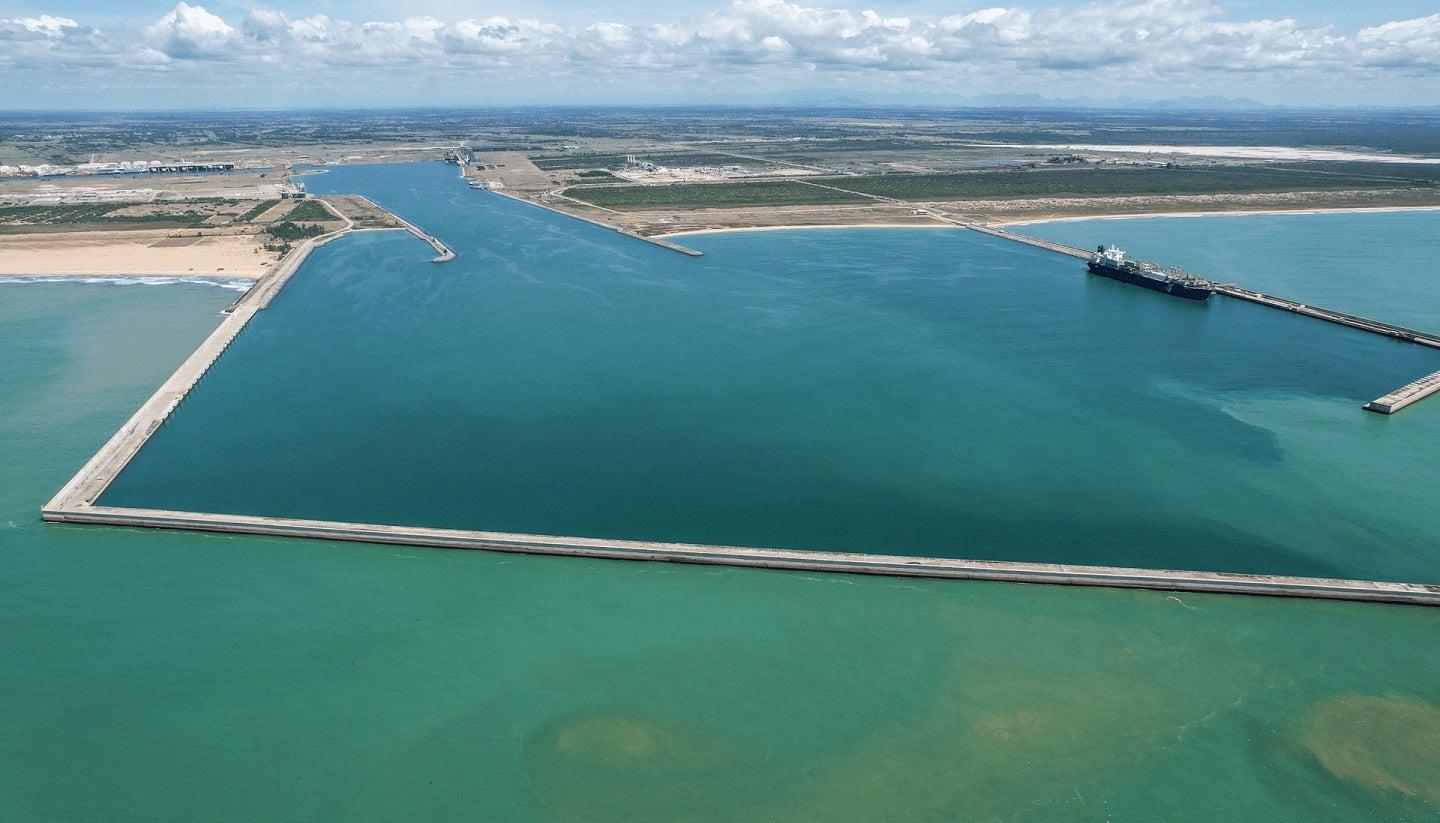Sign up for daily news updates from CleanTechnica on email. Or follow us on Google News!
With the numerous accomplishments advancing clean energy goals in 2023, we have a lot to anticipate in 2024. The numbers about fossil fuels, renewable energy transitions, and cleantech innovations are quite illuminating and frequently contradictory, but, together, clean climate solutions offer a generally positive framework for the energy transition taking place around us.
The US joined the global COP28 agreement to phase out fossil fuels and pledged to speed up the transition to renewables alongside China. As part of 2024 energy predictions, Forbes says:
“A clean energy industrial revolution reshaped the United States’ economy in 2023, supercharged by the Inflation Reduction Act and consumers embracing clean energy technology – America finally began building again, this time powering climate action.”
The authors point to 5 predictions for 2024: rising rural support for renewable energy, a fierce fight over clean hydrogen tax credits, electric vehicles (EVs) in the election spotlight, surging carbon utilization-related investment, and a real estate boom for EV charging infrastructure.
Let’s give a look at some of these and others that point to robust clean energy climate solutions.
Electric vehicle (EV) manufacturer competition expands: One of the biggest global climate challenges is decarbonizing transportation. According to the US EPA, about 29% of greenhouse gas emissions come from transportation after accounting for electricity use. EVs, on the other hand, produce zero tailpipe emissions, so the world is shifting to electric personal, public, and commercial transportation to reduce climate pollution.
People in the US bought more than 1 million EVs in 2023, with projections for the US to build to 30 million EVs by 2030. That estimate is still valid, even in light of many automakers slowing their retooling from internal combustion engines (ICEs) to electric drivetrains.
And the race to the top is on. China’s BYD revealed sales that meant it leapt ahead of Tesla for Q4 2023. Reuters refutes the importance of this stat: “Who’s on top is largely irrelevant for now” — because making battery-powered cars remain a growing industry. EV purchases increased to 9.8% in 2023.
EV charging: Markets are shifting to EVs much faster than many had anticipated due to consumer interest and government mandates. That means automotive manufacturers are reaching out to electrical charge port developers, electrical grid operators, city planners, and policymakers to explore and establish robust electrical infrastructure and charge ports to meet the needs of a new generation of EVs.
A $5 billion federal program is underway to install EV chargers along the nation’s highways. Deputy Federal Highway Administrator Stephanie Pollack explains,
“Americans need to know that they can purchase an electric vehicle and find convenient charging stations when they are using Interstates and other major highways… The new EV formula program will provide states with the resources they need to provide their residents with reliable access to an EV charging station as they travel.”
From EV rentals, to convenience stores, to hotels and more, reliable and easy-to-find charging infrastructure is in demand. Tesla’s agreement to open up its Supercharger network to non-Tesla EVs, called NACS, is an enormous step in the right charging direction.
Clean energy employment keeps growing: Global energy employment rose to 67 million people in 2022, an increase of 3.5 million from pre-pandemic levels, according to the International Energy Agency. More than half of employment growth over this period was in just 5 sectors: solar PV, wind, electric vehicles (EVs) and batteries, heat pumps, and critical minerals mining. Of the 5 sectors, solar PV comes in as the largest employer, accounting for 4 million jobs, while EVs and batteries were the fastest growing, adding well over 1 million jobs since 2019.
Old energy infrastructure: Coal-fired electricity capacity in the US is down 42% from its peak in 2011, and 40% of what remains is expected to retire by 2030. The planned coal-fired retirements span 24 states, including several that do not currently have renewable portfolio standards, or other clean energy policies that require electricity suppliers to supply a set share of their electricity from specified renewable or carbon-free resources. As example, Kentucky is getting by far its largest-ever solar project, which is expected to go live in 2024.
A federal cleanup program is directing more money than ever before toward capping abandoned oil wells that pollute the air and water. The Bipartisan Infrastructure Law establishes programs to inventory and properly close orphaned wells. The Law provides $4.7 billion for orphaned well site plugging, remediation, and restoration activities on federal, Tribal, state and private lands.
Renewables and their infrastructure: Despite lingering supply chain and trade issues around the globe, the US Department of Energy says 2023 was the second year in a row that more than 50% of new electricity generating capacity had been solar photovoltaic (PV) systems. Solar PV is now the most rapidly growing generation technology.
Yet improving and expanding national transmission infrastructure is critical to ensuring that people across the country have reliable, affordable renewable power when and where they need it. The Biden administration proposed a rule to streamline renewables’ permit process while requiring agencies to consider environmental justice in their reviews. To do so, the federal program aims toward a better coordinated process that will set deadlines for Federal authorizations and permits for electric transmission on a two-year timeline.
The Bureau of Land Management approved 50 clean energy projects on federal lands in the last two years, including a 732-mile transmission line across the West. Deliotte remarks that..
“The tandem push of federal investments flowing into clean energy and pull of decarbonization demand from public and private entities have never been stronger.”
Respecting carbon sinks: Wetlands are repositories for carbon, and Louisiana wants to restore 21 square miles of land to the coast with a $3 billion project. It’s a good decision, as, without coastal restoration activity, the predicted wetland loss over the next 50 years could reduce carbon burial in coastal Louisiana to about 50% from the year 2013 rate, with potential to significantly alter the global carbon budget.
Animals can help sequester carbon in the soil, so the Biden administration is funding the restoration of American bison, which helps grasslands retain carbon in the soil as they graze and cut the soil with their sharp hooves. The funding will support Tribally led initiatives to strengthen bison conservation and expansion, improved management of existing herds, and ecosystem restoration efforts in native grassland habitats.
Final Thoughts about Upcoming Climate Solutions
Efforts to provide climate solutions have seemed too slow for many of us in the past years. The youth generation, particularly, has demanded systemic change, with lawsuits like those in the state of Montana, where 16 teens sued their state, arguing that its support of fossil fuels violates their due rights as citizens. And there’s Greta Thunberg’s amazing climate advocacy, and the newly authorized American Climate Corps and its potential to employ 20,000 young people in its first year. The rising up of today’s teenagers as tomorrow’s leaders will continue the current process that has begun to transition to a low carbon future.
And it seems like the adults may be finally listening.
Pew highlights the ongoing transition to clean energy, saying,
“The US is on the cusp of a major transition to clean energy, and 2024 is shaping up to be a critical year for the successful deployment of the technologies that will drive that transition.”
Have a tip for CleanTechnica? Want to advertise? Want to suggest a guest for our CleanTech Talk podcast? Contact us here.
Our Latest EVObsession Video
I don’t like paywalls. You don’t like paywalls. Who likes paywalls? Here at CleanTechnica, we implemented a limited paywall for a while, but it always felt wrong — and it was always tough to decide what we should put behind there. In theory, your most exclusive and best content goes behind a paywall. But then fewer people read it!! So, we’ve decided to completely nix paywalls here at CleanTechnica. But…
Thank you!
CleanTechnica uses affiliate links. See our policy here.




